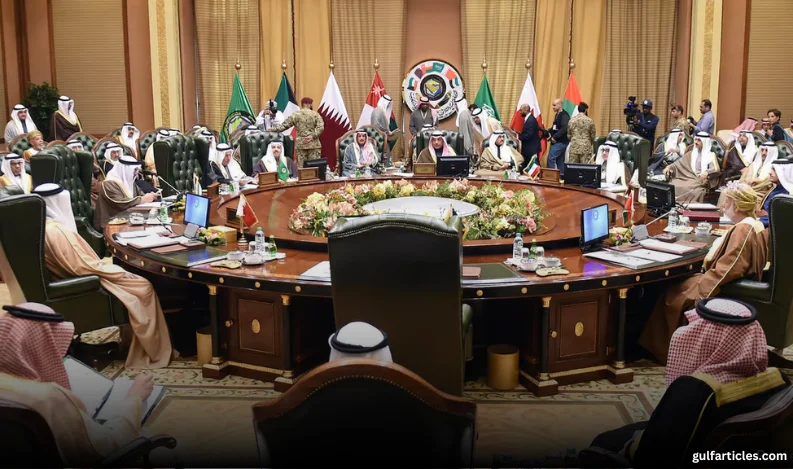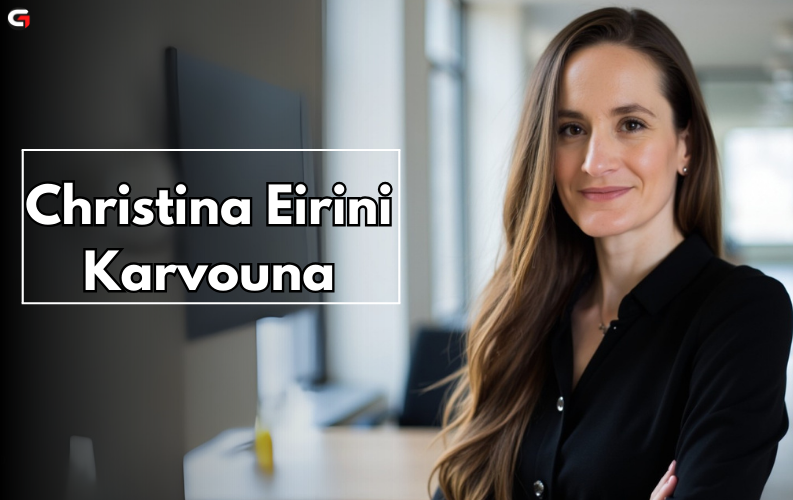The introduction of more toll gates and dynamic pricing in Dubai has started to reshape the city's traffic flow, but experts say its full impact may take years to be felt.
According to Dr. Khaled Alawadi, associate professor of Sustainable Urbanism at Khalifa University, while there is a clear link between more toll gates, better air quality, and fewer accidents, the tolls' effectiveness in reducing traffic congestion depends heavily on providing good alternatives for commuters, such as expanded mass transport systems. He predicts that the effects of these changes will take between one and two decades to be fully realized.
Since the introduction of dynamic pricing on January 31, 2025, Salik's toll system has been charging Dh6 during peak hours (morning and evening) and Dh4 during off-peak times on weekdays. The new system offers free travel between 1am and 6am, and on Sundays (excluding public holidays and special occasions), the toll is Dh4 all day. Many commuters have already adjusted to these changes, with some like Mohammed Iqbal, benefiting from the lower toll costs before 6am, while others, like Sanjana K.A., have found the roads smoother during off-peak times despite higher tolls.
However, not everyone is pleased with the changes. In some communities, such as Dubai Creek Harbor, residents have noticed an uptick in traffic as commuters seek to avoid toll gates, particularly on the Business Bay Bridge. Some areas, like Jumeirah, also saw significant congestion on the first day of the new pricing, although it has since settled down.
The Roads and Transport Authority (RTA) added two new toll gates in November 2024, bringing the total to 10, with the aim of redistributing traffic and encouraging the use of public transport. Alternative routes such as Sheikh Mohammed bin Zayed Road and Ras Al Khor Street are being promoted, alongside other Creek crossings like the Infinity Bridge and Al Shindagha Tunnel.
While Dr. Khaled commended Dubai's public transport system, he emphasized the need for further efforts to reduce reliance on private vehicles. He cited studies showing that 78% of Dubai’s population is serviced by public transport, but noted that many people still opt for private cars due to lifestyle choices, such as chain trips for work, school, and errands. Improving the availability of public transport within walking distance of residents, particularly in congested areas, could encourage more people to use the metro and buses.






















